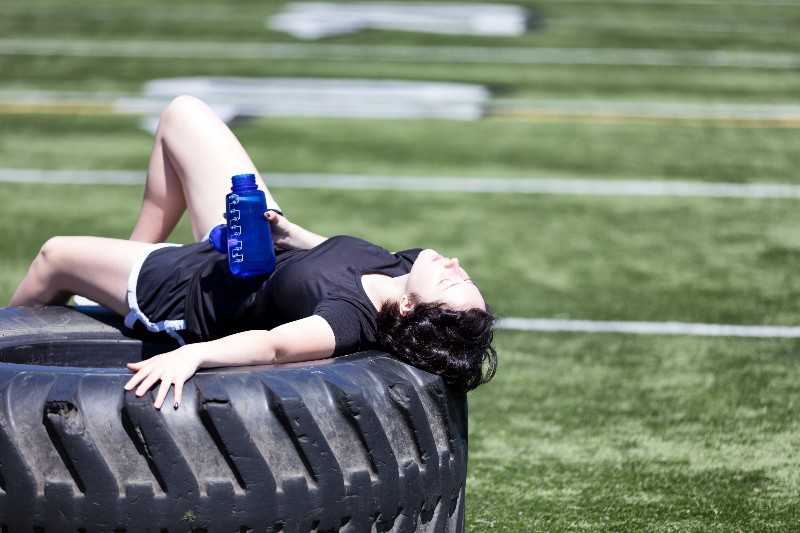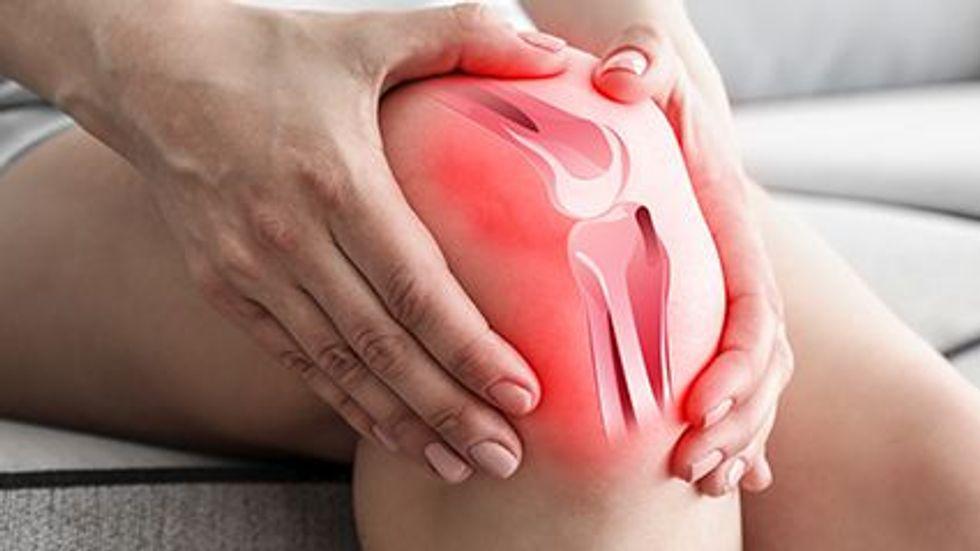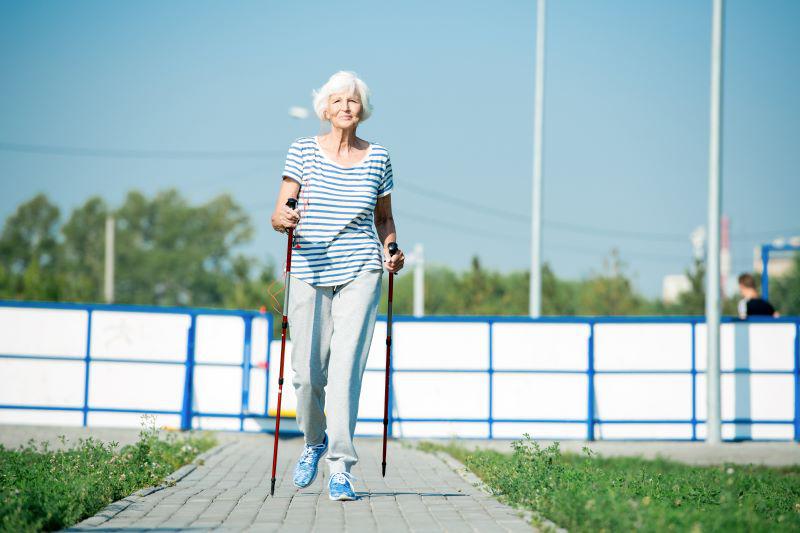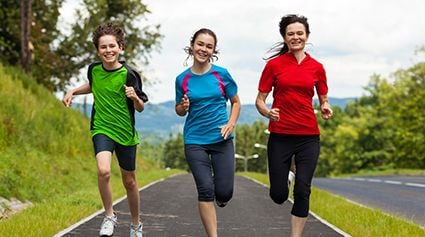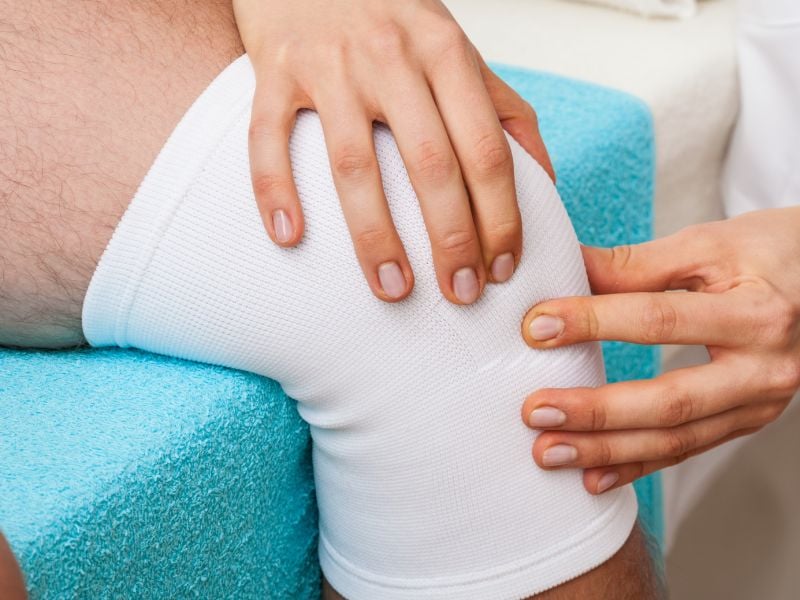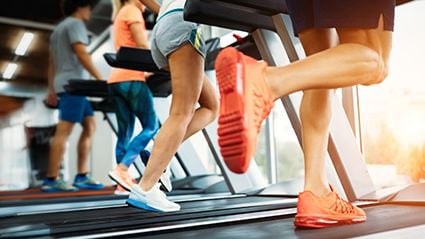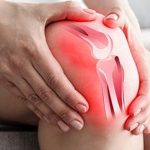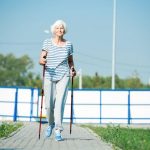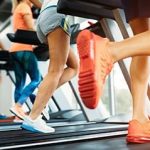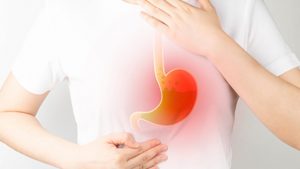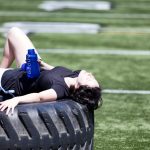
Another broiling summer looms, along with another season of kids’ summer sports. It’s a potentially harmful, even lethal combination. But experts at Nationwide Children’s Hospital (NCH) have advice for kids, parents and coaches on how to keep young athletes safe when thermometers rise. Each year, an estimated 240 people die from heat-linked illnesses, and heat stroke is the third-ranked cause of death for young U.S. high school athletes, according to NCH. Heat poses special threats to young athletes, said Dr. Thomas Pommering, medical director for Nationwide Children’s Sports Medicine. “Youth and adolescent athletes sweat less, create more heat per body mass, and acclimate much slower than adults to warmer environments, putting them at greater risk for heat-related injuries in hot and humid temperatures,” he said in an online post from the hospital. Spotting heat-linked illness There are telltale signs on the playing field (or anywhere) that someone may be overcome by the heat. Various types of heat illness include: Heat cramps. As too much sweating causes salt and water to leave the body, this can cause severe cramping in the limbs and abdomen. Heat syncope. Syncope is the medical term for fainting, which can be preceded by weakness and fatigue. Heat exhaustion. This could manifest in cool, pale skin and the onset of headache, nausea, chills, weakness, unsteadiness, dizziness, rapid pulse, excessive thirst and muscle… read on > read on >










